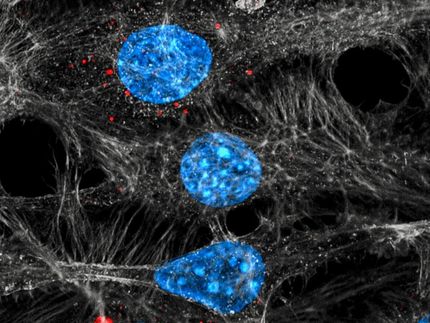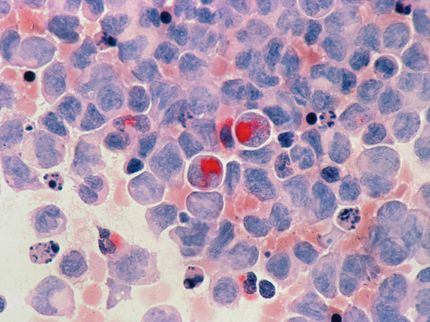Liver transplant offers new option for rare cancer
Early results suggest significant improvements in survival for challenging bile duct cancer
Robert “Buzz” Gehle thought the itchy rash he was experiencing was a recurrence of an earlier case of shingles. But when his doctor saw he was also jaundiced, he immediately knew there was a problem with Gehle’s liver. Gehle was diagnosed with cholangiocarcinoma – cancer in the bile duct – in October 2009, and it soon became clear that traditional surgery would not be an option.
Instead, doctors at the University of Michigan Comprehensive Cancer Center started Gehle on chemotherapy and radiation and ran him through a series of tests to determine if the 65-year-old was otherwise healthy enough for a possible new treatment – liver transplant.
Liver transplantation is often used for cancer that occurs within the liver. But U-M is one of a small number of centers around the country to offer a transplant for cancer of the bile duct, a long tube-like structure that connects the liver to the intestines.
Bile duct cancer can be extremely difficult to remove surgically, and even when surgery is an option, the cancer frequently comes back.
“This is a tumor we have always struggled with,” says Christopher Sonnenday, M.D., M.H.S., assistant professor of surgery at the U-M Medical School. Sonnenday, a transplant surgeon, is part of the Multidisciplinary Liver Tumor Clinic at the U-M Comprehensive Cancer Center.
“Historically, transplant has not been thought to be a great treatment for cancer. What we’ve learned in recent years is that if you select patients very carefully and find the right patients, those patients can potentially be helped by transplant,” Sonnenday says.
The procedure is best for patients with bile duct cancer that is not surgically treatable and has not spread to other organs. Patients are first treated with combined chemotherapy and radiation and given a series of tests to prove the cancer has not spread.
Because these patients don’t have chronic liver disease like a typical transplant candidate, the United Network for Organ Sharing automatically gives them extra points on the liver allocation system so that they have a fair spot on the list, relative to the urgency of their disease. Typically, a liver is available within three to six months. During surgery, doctors remove all of the liver and bile duct and perform the liver transplant.
Bile duct cancer patients who undergo traditional surgery have a 30 percent to 40 percent five-year survival rate. For patients who cannot have surgery, survival is only 5 percent to 10 percent.
Early data for treatment with liver transplant suggests five-year survival of 75 percent to 85 percent, which is similar to overall liver transplant survival rates.
“This treatment offers hope for a select group of patients with bile duct cancer for whom previously there were really no other effective options. What we obviously are waiting to learn is what is going to happen to these patients long-term. Right now, this looks far better than anything we do for bile duct cancer in general,” Sonnenday says.
Gehle was the first to undergo the procedure at U-M, after being on the transplant list for about a month. Just over a year later, he’s cancer-free.
“We’re looking forward to this being my first full year of retirement,” Gehle says. “Had I not had the transplant done, I wouldn’t be here. The physicians at U-M basically saved my life.”
Most read news
Topics
Organizations
Other news from the department science

Get the life science industry in your inbox
By submitting this form you agree that LUMITOS AG will send you the newsletter(s) selected above by email. Your data will not be passed on to third parties. Your data will be stored and processed in accordance with our data protection regulations. LUMITOS may contact you by email for the purpose of advertising or market and opinion surveys. You can revoke your consent at any time without giving reasons to LUMITOS AG, Ernst-Augustin-Str. 2, 12489 Berlin, Germany or by e-mail at revoke@lumitos.com with effect for the future. In addition, each email contains a link to unsubscribe from the corresponding newsletter.




















































